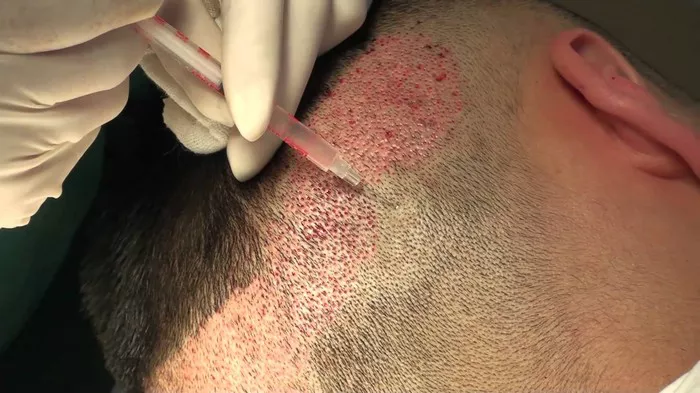Embarking on the journey of a hair transplant can be a transformative experience for individuals seeking to regain a fuller head of hair. However, one common concern that often arises is the immediate appearance following the procedure. This article delves into the intricacies of the post-transplant phase, exploring whether hair transplants look bad initially and providing insights into what individuals can expect during this crucial period.
Understanding the Healing Process:
Immediately after a hair transplant, it’s natural for the recipient area to undergo a healing process. This process involves the shedding of the transplanted hairs, known as shock loss, as well as the gradual healing of the scalp. The initial appearance during this phase might not reflect the final results, and it’s essential for individuals to be patient and understanding of the healing timeline.
Shock Loss:
One of the primary factors contributing to the initial appearance after a hair transplant is shock loss. This phenomenon occurs when the transplanted hair follicles enter a dormant phase, leading to the temporary loss of newly implanted hairs. It’s crucial to recognize that this shedding is a natural part of the healing process and does not signify a failed transplant. In fact, new hair growth typically begins after a few months as the follicles re-enter the active growth phase.
Scabbing and Redness:
Another aspect that can contribute to the initial appearance post-transplant is scabbing and redness at the recipient site. Tiny scabs form as a result of the healing process, covering the newly implanted grafts. While these scabs are temporary, they can affect the aesthetic appearance in the immediate aftermath of the procedure. Additionally, some redness may be present due to the trauma to the scalp during the transplant. Both scabbing and redness tend to subside as the scalp heals.
Patience is Key:
It’s important for individuals undergoing a hair transplant to exercise patience during the initial weeks and months post-surgery. The full results of a hair transplant may not be visible until several months after the procedure. The hair growth process is gradual, with transplanted hairs going through various growth cycles before reaching their final thickness and length.
Post-Transplant Care:
To optimize the appearance during the healing phase, individuals should adhere to post-transplant care instructions provided by their surgeon. This may include gentle washing of the scalp, avoiding exposure to direct sunlight, refraining from strenuous activities, and using any prescribed medications or topical solutions. Following these guidelines can contribute to a smoother healing process and enhance the eventual aesthetic outcome.
Early Signs of Success:
While the immediate post-transplant phase may not showcase the final results, there are often early signs of success that provide reassurance. As the healing progresses, individuals may notice the emergence of new, fine hairs at the transplant site. These are early indicators that the transplanted follicles are entering the growth phase and that the overall outcome is on track.
Managing Expectations:
To mitigate concerns about the initial appearance, it’s crucial for individuals to have realistic expectations about the hair transplant process. While advancements in technology and techniques have significantly improved the success rates of transplants, it’s essential to understand that the final results may take time to manifest fully. Managing expectations and staying informed about the various stages of post-transplant healing can alleviate unnecessary stress during this period.
See Also: [Reveal!] The Survival Rates of NeoGraft Hair Transplantation
Conclusion:
In conclusion, the immediate appearance after a hair transplant may not necessarily reflect the final outcome. Factors such as shock loss, scabbing, and redness contribute to the initial phase, which is a natural part of the healing process. Patience, adherence to post-transplant care instructions, and realistic expectations are key components in navigating this period.
Understanding that the appearance will evolve over time and that visible results may take several months is essential for individuals undergoing a hair transplant. By focusing on the long-term benefits and trusting the expertise of their healthcare professionals, individuals can confidently navigate the post-transplant phase, ultimately enjoying the full and natural results of their hair restoration journey.


